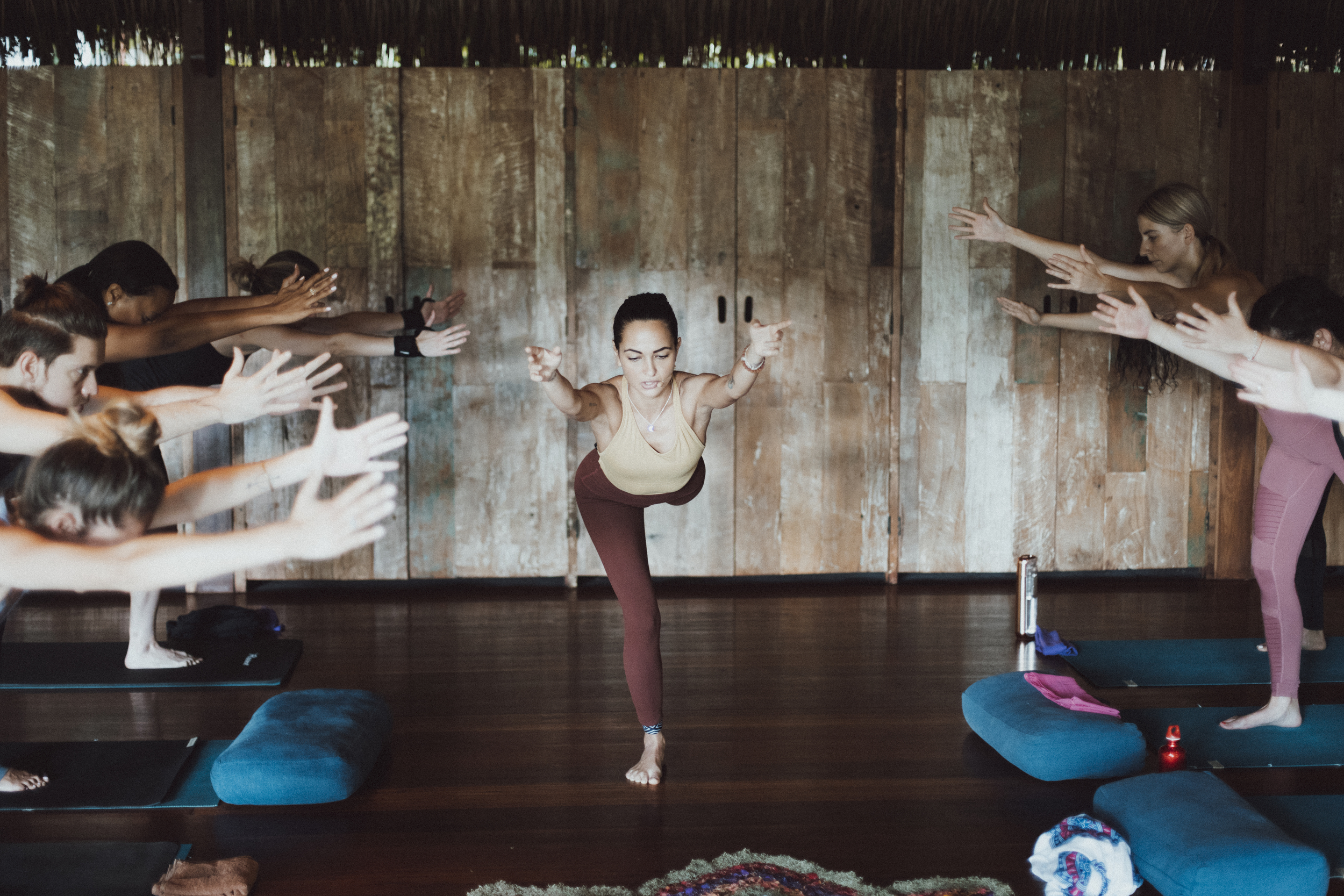Last Updated on 04/29/2019 by Dan Ginn
All images by Katia Repina. Used with permission.
“Anytime I want to investigate a new topic I use photography to do so…”. Katia Repina is a photographer who is a wonderful example of the inquisitive mind. From weddings to documentary, portraits and now yoga, her thirst to understand is quenched through the practice of photography. Arguably better known for her projects that look at people on the fringes, her yoga series shows us a more light-hearted perspective of her creative viewpoint. Less intense, yes. Without lessons, no. Katia’s take on yoga teaches us about balance, self-worth, inner peace and challenge.
“We can talk a lot about finding the balance in life but without having actual tools like yoga, meditation, pranayama (breathing) exercises it will always remain just in cute quotes we share on IG.”
Phoblographer: Hey Katia! So, documentary, weddings, portraits and yoga. That’s quite the concoction of genres. Tell us how the idea for the Yoga series first came to life…
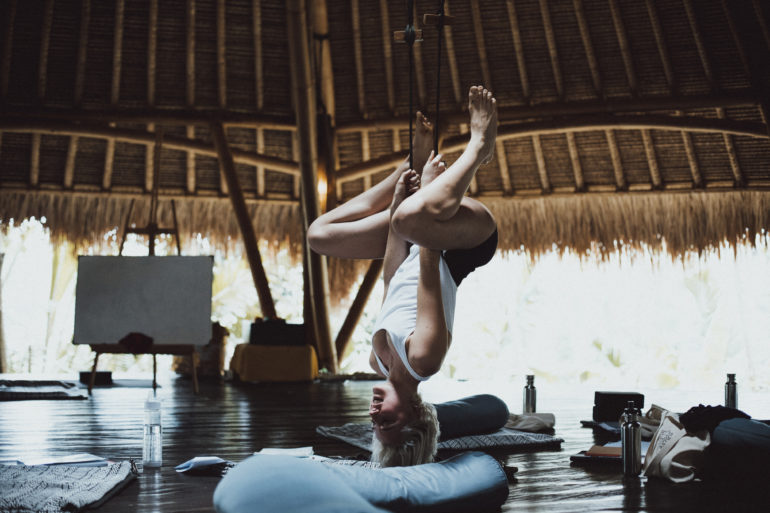
KR: I know, it seems like my interests are all over, especially taking in consideration that my documentary work spotlights issues of gender, identity and sexuality. For me it’s all about stories though. I love stories, real ones.
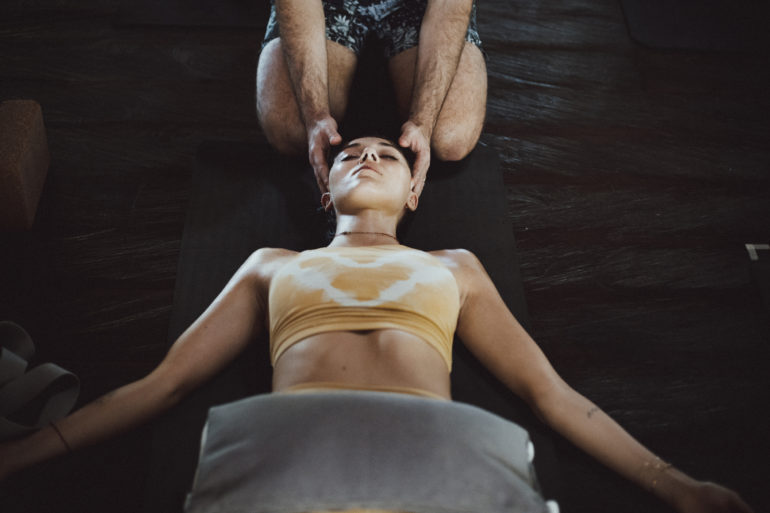
Around two years ago when I moved to NYC from Barcelona I was going through a very challenging time, adjusting in a new city, new country. I was trying to redefine my mental map, to redefine my sense of belonging and that’s how I came into Yoga. Yoga was the thing that helped me to keep balanced and keep my heart open no matter what was going on in my life. After two years of practicing it I decided I wanted to learn more in depth about it. As photography for me is a tool to learn about something I decided to combine these two things.
Phoblographer: Comparing it to your documentary work, how does it feel mentality to shoot Yoga? Is it less intense or just as intense but in a different way?
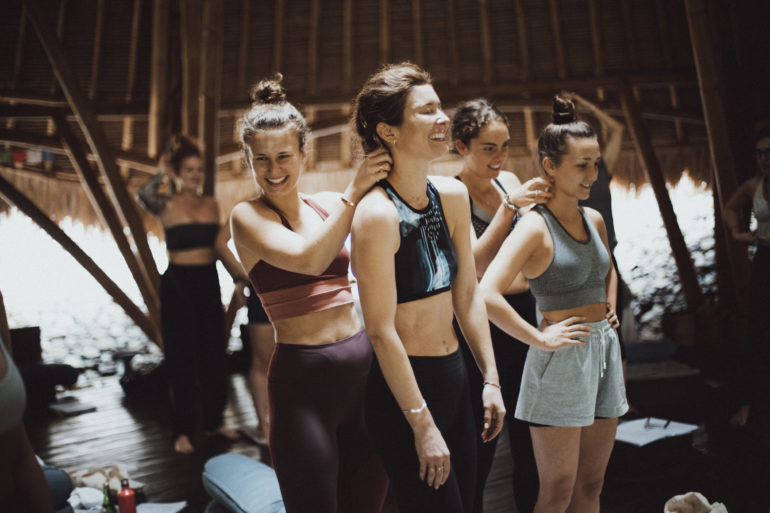
KR: The topics I cover in my documentary work are especially intense. More than shooting, it was about gaining access and creating a comfortable and safe place for people to open up. I would say more than half of the energy would go to navigating the psychology of the people and little energy to actually photographing. When I shoot yoga there is a different level of sensitivity so there isn’t as much intensity even though you still need to navigate the energy and mood in the room.
“When you don’t feel that somebody is constantly controlling you you allow yourself to be much more creative”.
Phoblographer: Yoga requires people to focus. As a photographer, how do you approach the shoot to ensure you’re not too intrusive during a class?
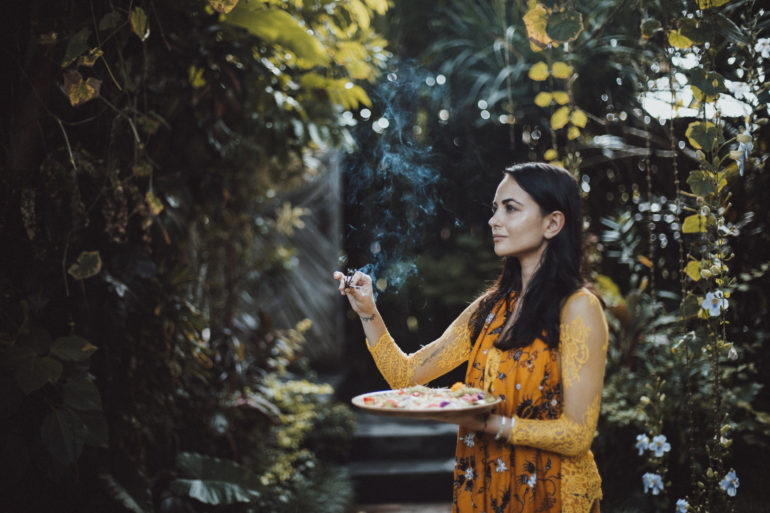
KR: Yes, this concern is definitely one I am constantly mindful of. I need to always be aware of my body language, my facial expression, the way I move, and when I decide to click the shutter. You are a part of the class and as yoga is a very intimate practice which requires a lot of silence and concentration any camera click, move or indifferent face can affect people in the class. I am very conscious about the way I work and move.
Phoblographer: Sometimes people can have the idea that Yoga is deeply serious and intense. From your set of images, however, it really looks like people are having lots of fun and going with the flow. Did you intentionally want to give off this vibe from the photographs?
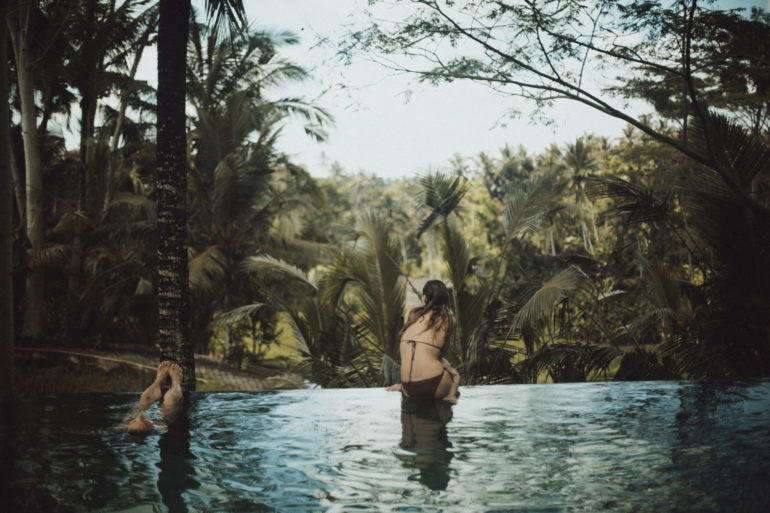
KR: I remember Anton Brandt, a yoga teacher and owner of The Sacred Fig, I worked with him in Bali. He dedicated one yoga class at his Yoga Teacher Training just to teach people to laugh loudly any time they would fail in something or wouldn’t be able to hold the pose or get into it. I love this idea of not taking life so seriously, of finding fun and joy even in things that require discipline and commitment. Yoga teaches you to rely seriously to your practice but not to yourself. I like to see the photographic process the same way – to be focused but at the same time to not forget that it’s an experience. Creating a positive energy for everyone throughout the shoot is as important to me as the final result.
“If like me, you search for harmony in everything you do, you should try yoga”.
Phoblographer: What was the relationship like with the Yoga teacher? Were they happy to let you do your own thing or did they work with you when deciding how and what to shoot?
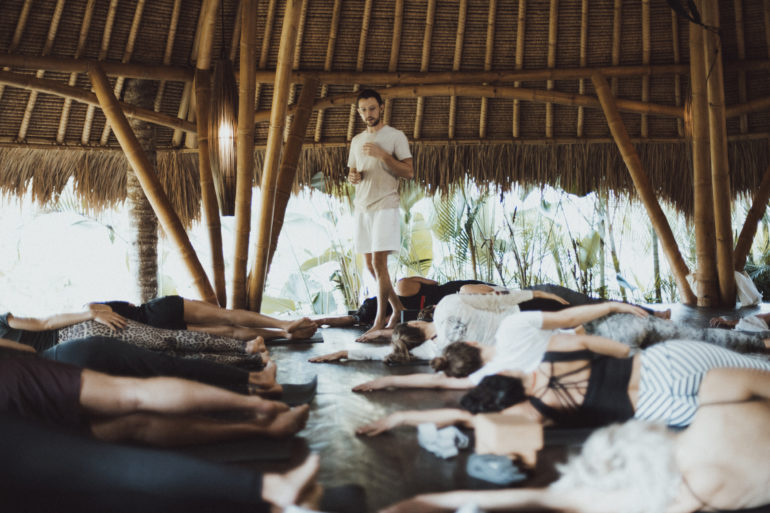
KR: My approach is to not focus on yoga poses but on all the little details that are happening around. Once you get on the mat you understand that real yoga starts off the mat so I want my photographs to reflect this. I was so lucky to work with yoga teachers like Anton Brandt or Bee Bosnak who actually do their best to LIVE yoga. They trusted in my vision and gave me full freedom. When you don’t feel that somebody is constantly controlling you you allow yourself to be much more creative.
Phoblographer: Speaking of Yoga teachers, I understand you know a thing or two about your downward dogs and cobras, right?
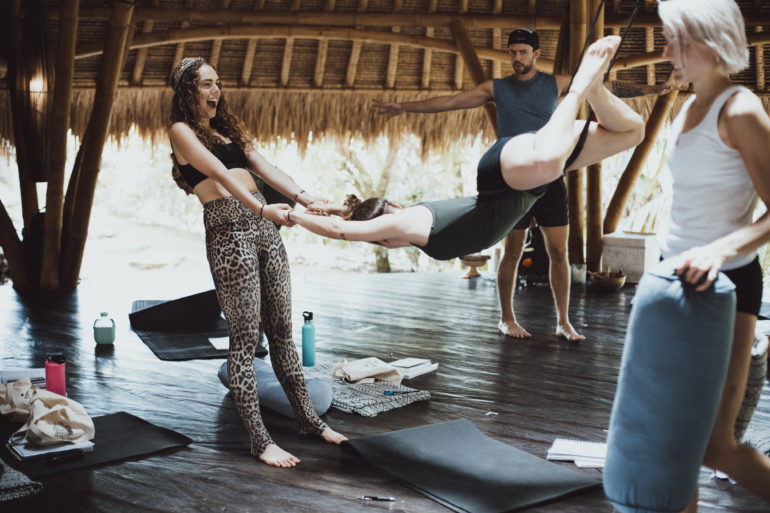
KR: I have practiced a lot of yoga at Modo Yoga in NYC in the last two years – I feel that studio has become my second home. Recently I finished a 200h Yoga Teacher Training in Rishikesh, India. It’s a city located in Himalayas and is called a capital of yoga. I was craving a deeper understanding of yoga philosophy and tools so I can become my own teacher. The training was a really intense experience. It showed me that our body is limitless, we just need to convince our mind.
Phoblographer: Because you already have that invested interest in the practice, did you feel more pressure to do it justice photographically?
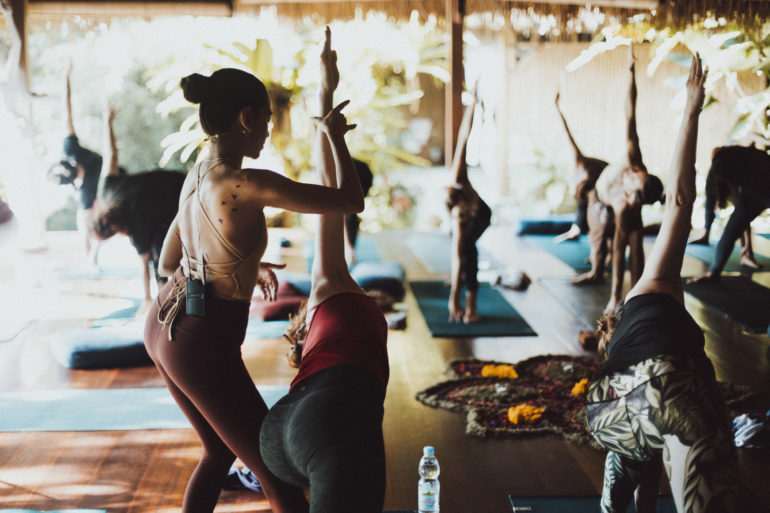
KR: No. I think it was the opposite – it helped me to understand better the process and develop a strategy for shooting.
Phoblographer: When we first connected you told me publishers tend to contact you about your documentary work. Do you wish you had more opportunities to speak about the other genres of photography that you do?
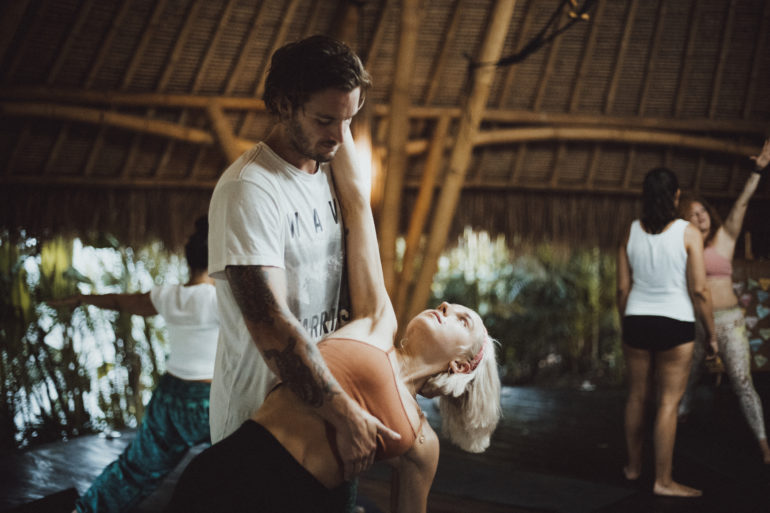
KR: I believe my documentary work is much more powerful in the sense that it has deeper intentions behind it: to educate people about realities they don’t know, to raise awareness, to change things society tends to label certain groups of people, etc. I do a lot of weddings, both photo and video and of course I like to talk about this work but I find documentary and photojournalism much more important subjects and tools to change things in the society we are living in.
Phoblographer: Finally, I’m positive people will be interested in Yoga after seeing your images. However, for those still unsure if they should take the first leap, give them some more reasons why Yoga is so worth it…
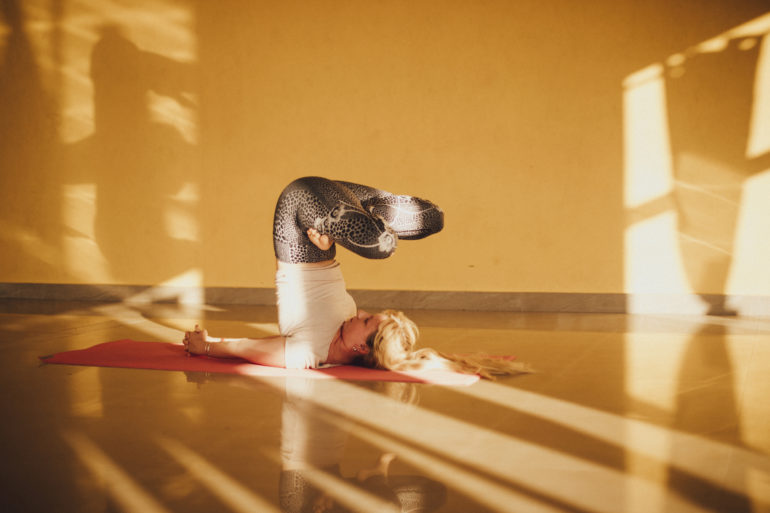
KR: I love yoga because it teaches you how to be strong and soft at the same time. In one of the yoga classes in Bali I heard something that I was applying since then: “You are not getting stronger by pushing but by getting softer.” This concept of flexibility of the mind, of flowing is the reason why everyone should try it. We can talk a lot about finding the balance in life but without having actual tools like yoga, meditation, pranayama (breathing) exercises it will always remain just in cute quotes we share on IG.
More reasons? If like me, you search for harmony in everything you do, you should try yoga. If you want to feel more focused and connected with yourself and people around, you should try yoga. If you want to experience ease, joy and freedom without attachment to things that are happening to you, you should try yoga. If you want to live more consciously, you should try yoga. If you feel you are too judgmental with yourself and others, you should try yoga. If you are searching for where home your home is, you should try yoga.
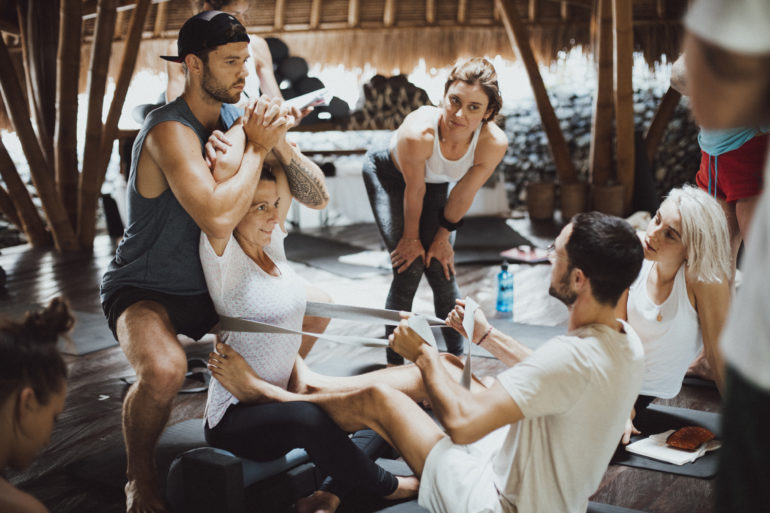
Bee Bosnak, a yoga and meditation teacher I have worked with recently, teaches that in yoga you should exit the asana (pose) with the same softness and grace as you have entered it. Which is the most difficult thing. But if we start applying it not only in yoga but also in our life, in our relationships we would notice that we would become happier, tender, softer, we would feel what “being in a flow” means. There are so many reasons to practice yoga.
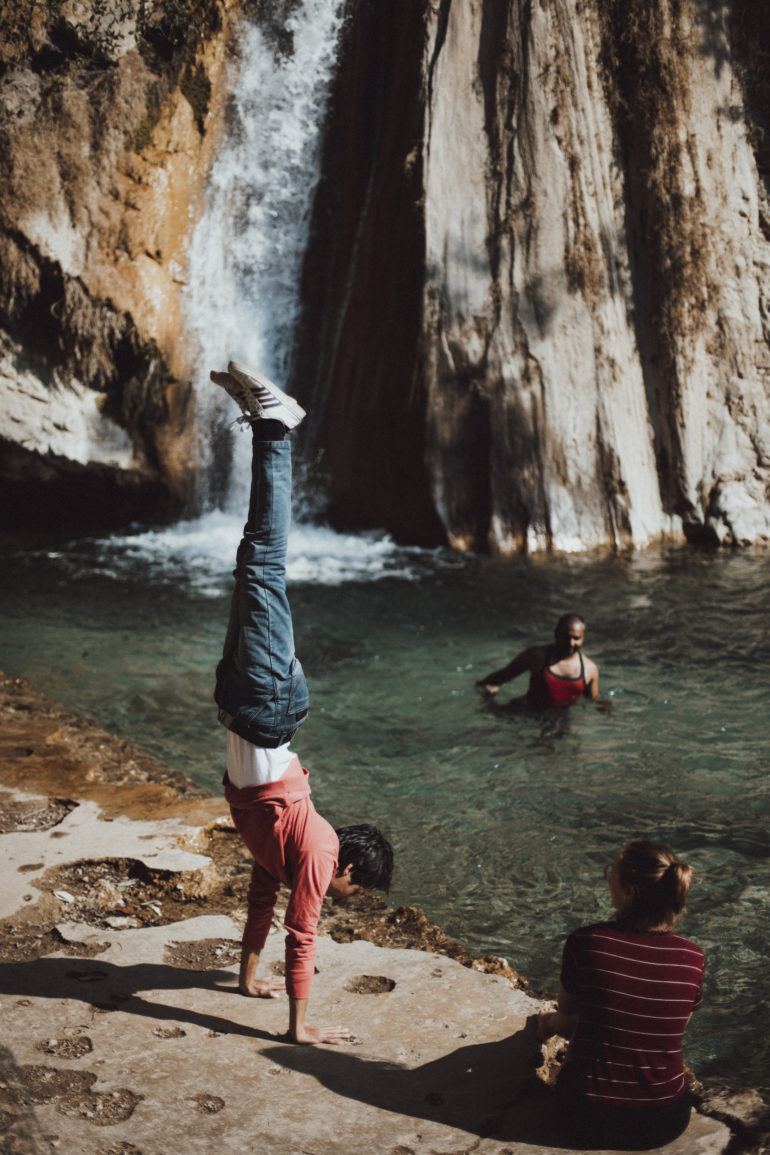
Katia Repina is a Russian documentary and portrait photographer and videographer based in New York City. Her documentary work has been published in a variety of international media including The New York Times, The Washington Post, Vogue, Daily Mail, Dazed and Confused Magazines. For more of her work be sure to visit her documentary website and commercial website.


